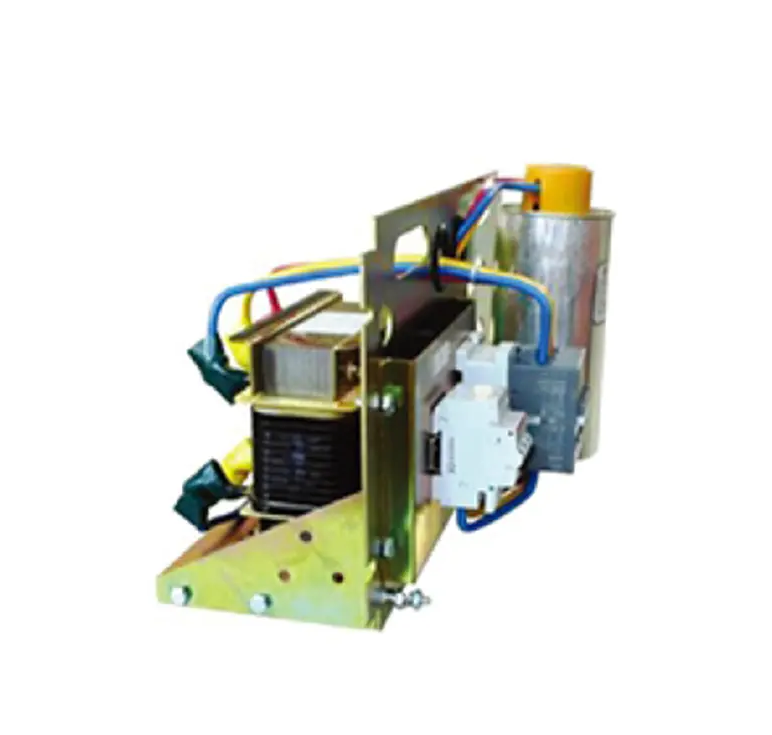Role of Low Voltage Capacitors in Circuits
Low voltage capacitors are critical components in electronic circuits, providing functions such as energy storage, filtering, decoupling, and voltage stabilization. The performance of a Low Voltage Capacitor under varying load conditions directly affects the stability, efficiency, and reliability of the overall system. Capacitors that cannot maintain consistent behavior under different loads may cause voltage fluctuations, signal distortion, or system malfunction.
Impact of Load Variations
Electrical circuits often experience changes in load, including variations in current, voltage, or power demand. These fluctuations can stress the capacitor’s dielectric and influence its capacitance, equivalent series resistance (ESR), and leakage current. A high-quality Low Voltage Capacitor maintains stable capacitance and low ESR under both light and heavy load conditions, ensuring reliable energy storage and smooth voltage regulation.
Material and Construction Considerations
The dielectric material, electrode configuration, and overall construction significantly affect load-dependent stability. Ceramic, electrolytic, and film capacitors exhibit different behaviors under changing electrical conditions. Film capacitors, for example, are known for their low ESR and excellent stability, while electrolytic capacitors may experience capacitance drift or increased ripple voltage under high-load operation. Proper material selection ensures that the Low Voltage Capacitor meets the intended application’s performance requirements.
Thermal Effects
Load variations often result in temperature changes due to resistive heating and energy dissipation. Elevated temperatures can alter capacitance and increase leakage current, potentially compromising circuit performance. Capacitors with effective thermal management, such as high-quality insulation, heat-resistant dielectric, and optimized construction, maintain stable operation under varying thermal and electrical stresses, preserving the system’s functional integrity.
Testing and Performance Validation
Engineers evaluate Low Voltage Capacitors under a range of load conditions to ensure stability. Standard tests include ripple current endurance, load step response, and capacitance variation under DC bias. These tests simulate real-world operating scenarios, confirming that the capacitor can deliver consistent performance across different loads without significant degradation or failure.
Applications and Reliability
Stable performance under varying loads is essential in applications such as power supply filtering, motor drives, audio amplification, and consumer electronics. A Low Voltage Capacitor that maintains performance across fluctuating loads ensures smooth operation, reduces the risk of circuit failure, and extends component lifespan. Reliable capacitors contribute to overall system efficiency and reduce maintenance costs.
Conclusion
The performance stability of a Low Voltage Capacitor under different load conditions is crucial for reliable electronic system operation. Factors including dielectric material, construction quality, thermal management, and load tolerance determine how effectively the capacitor maintains its characteristics under varying electrical stresses. Testing and careful selection ensure that capacitors deliver consistent performance, minimize voltage fluctuations, and support long-term system reliability. Prioritizing load-stable capacitors enhances circuit efficiency, durability, and overall operational safety.
Product Features
Dry-type, iron core structure.
High inductance accuracy ensures the filtering circuit's tuning precision.
Craftsmanship resulting in low-temperature rise and minimal noise.
Good linearity, with linearity ≥ 0.95 at 1.8 in.
